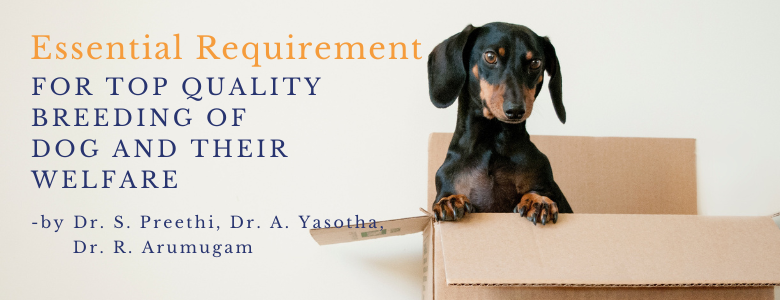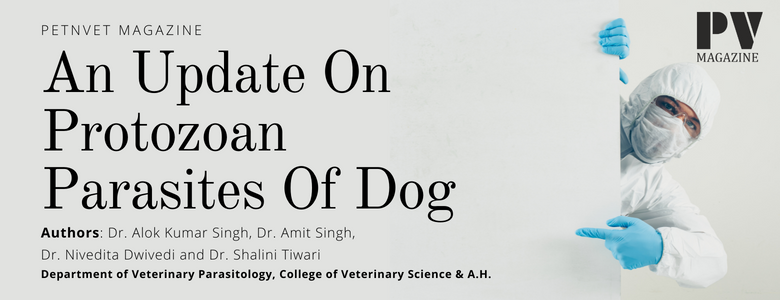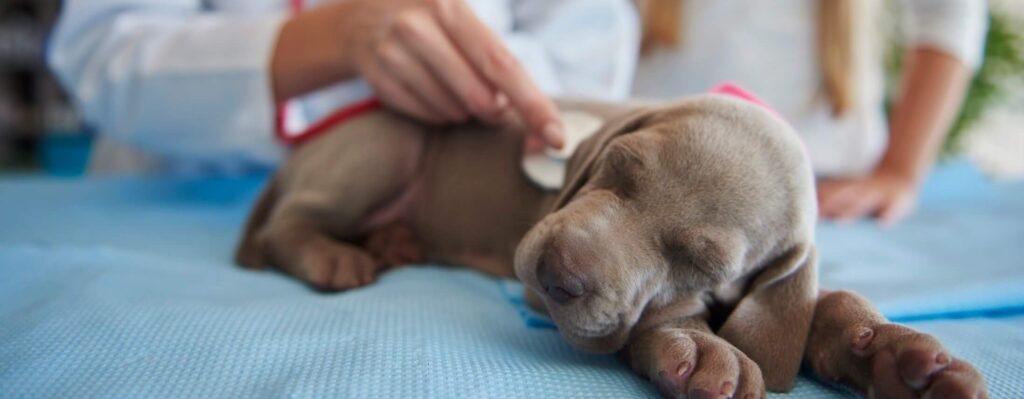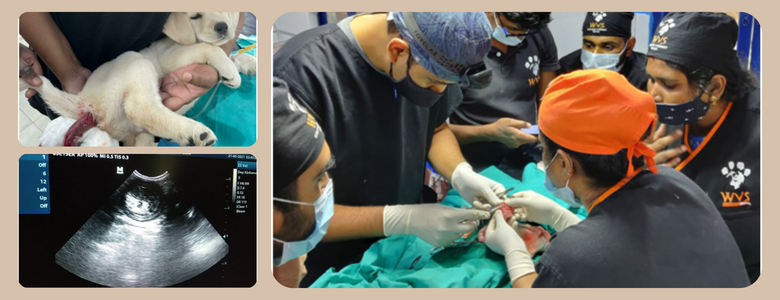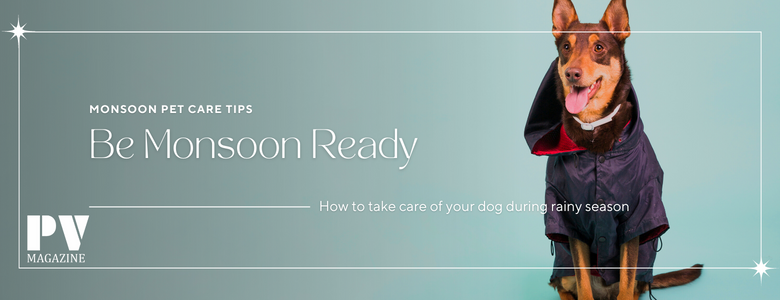Dog breeding has evolved as a commercial sector in India. Involving thousands of dog owners, breeders and pet shops in recent days. Today, the notion of treating dogs merely as property has been changed, to seeing them as a family member. This has resulted in the mushrooming of unscrupulous breeders. These breeders indulge in backyard breeding activities in the most unhygienic conditions, cruelly exploiting the animals for easy money. Hence, more attention has been placed on dog breeding and welfare. With an idea of regulating the process, here are some essential requirements and regulations on dog breeding. The mentioned are under the Prevention of Cruelty to Animal Act 1960 and Dog breeding and marketing rules 2017.
Modern-Day Dog Breeding
A modern dog breed consists of a population of dogs whose pedigrees can be tracked by a dog registry. Many purebred dogs can be traced with their lineage. Back to the original registered breed founders through kennel clubs and other organizations. Modern dog breeds do not contain a fully fixed set of characteristics or temperaments. Instead, continuous change in breeding choice attributes to breed characters. Dog breeds change intentionally over time as the desires of dog breeders change.
This results in a random flow of hidden genetic traits floating through the generations. Appearing or disappearing from the population, and also producing some unintentional traits. Current breeding practices often work to decrease a breed’s genetic diversity. Which has a profound impact on both the individual dog’s genome and the breed’s population structure as a whole. Hence, the modern breeding system should work on effective principles of out breeding. High levels of inbreeding can be beneficial to maintain and improve characteristics in purebred dogs. But high levels of inbreeding can lead to dead ends in the selection. Loss of historic DNA, and decreasing health of the animal. The following are some general requirements to be considered by breeders in dog breeding.
Facilities to be provided by the breeder in an establishment
The dogs shall at all times be kept in kennels or accommodation suitable in all respects. In terms of construction, size, number of dogs, exercising facilities, proper temperature, lighting, ventilation, and cleanliness. Adequate housing with the provision of a sanitary facility, protection from the extremes of weather conditions. Proper ventilation and appropriate space shall be provided. Each pen shall be provided with 15cm high wooden bench for resting. Along with an adequate supply of fresh, clean drinking water in a safe receptacle, dish or container and available at all times.
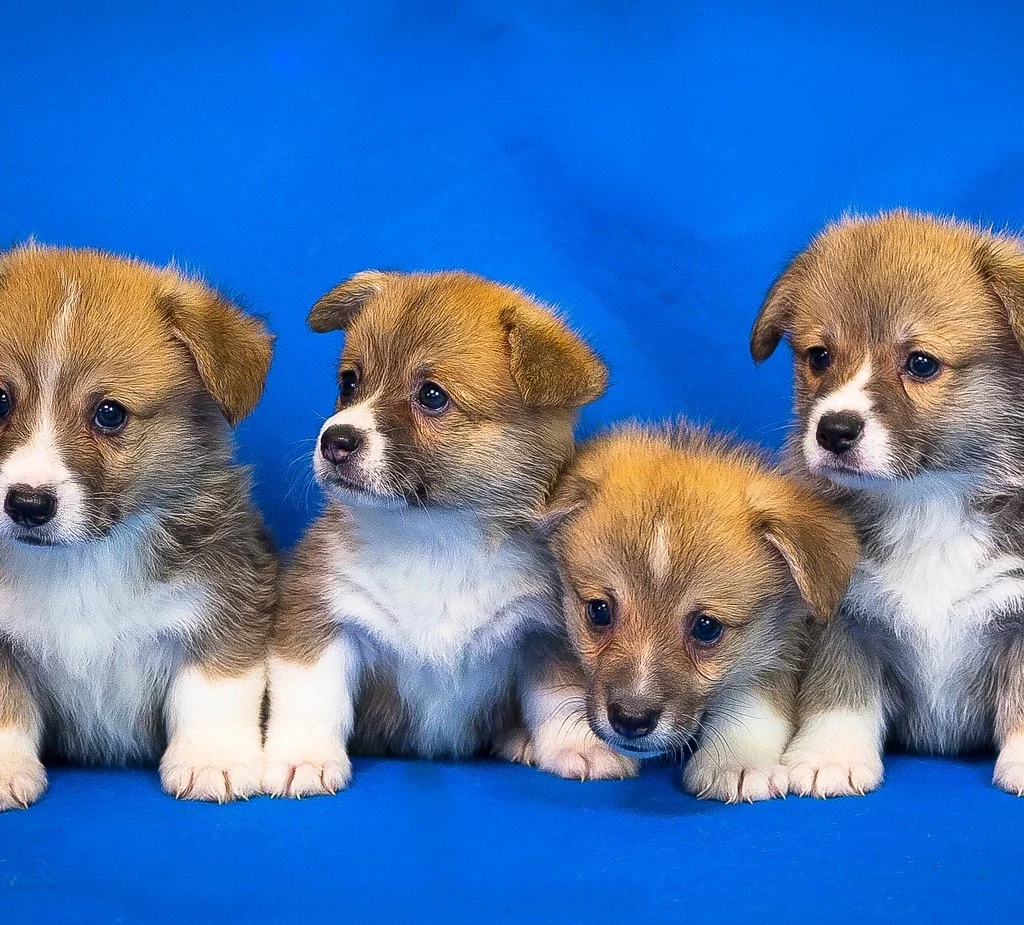
General requirements to be adhered by breeders
- The breeder should be aware of reproduction, nutrition, wellness and care, early behavioral development, and breeding ethics.
- Only normal, healthy, mature female dogs aged between twelfth to the eighteenth months shall be bred. They shall be certified as healthy by a veterinary practitioner at least ten days prior to mating.
- No female dog shall be exploited to produce litter in two consecutive breeding seasons.
- Mating of female dogs should not be done before twelve months from the date of whelping.
- No female dog shall be exploited to give birth to more than five whelping during her lifespan.
- No male dog shall be used for breeding unless he is healthy and mature.
- Male dogs used for mating should attain the age of twelfth to eighteenth month. They shall be certified as healthy by a veterinary practitioner at least ten days prior to mating.
- Female dogs shall not be mated after the age of eight years.
- Male dogs shall not be mated after twelve years of age in the case of large breeds.
- Every breeder shall furnish the proof of age of their breeding male and female dogs certified by a veterinary practitioner.
- Every breeder shall keep a full record of the litter that the male dog or female dog has previously produced. Also, record other relevant details of the litter.
- Every breeding male and female dog shall be up-to-date with their vaccination boosters and de-worming prior to mating.
- There shall be no tail docking, ear cropping, de-barking, de-clawing, branding, dyeing, injecting substances to enhance visual appeal. Performing a surgery or procedure to camouflage or hide any defect or infirmity or any other kind of mutilation of any body part of the pup. And any change of appearance by artificial means is strictly forbidden.
- Breeding to create new breeds of dogs or unusual looks shall be strictly prohibited.
Requirement of Registration for Dog Breeding
Section 3 of the Dog Breeding and Marketing Rules 2017. It states that the breeder has to obtain the required certification for registration from the State Animal Welfare Board. The certificate is to carry on or continue with the breeding activity for breeding and sale of dogs and pups.
Inspection of Dog Breeding Establishments
State Animal Welfare Board shall inspect a breeding establishment. They revoke the registration of the breeder if the person is found to be violating the rules in the Second Schedule of Dog Breeding and Marketing Rules 2017.
Hence, in order to streamline dog breeding practice, it is essential that we adhere to the general requirements discussed above. Well-defined breeding standards like choosing a suitable mate, knowing their genetics. Pre-breeding health check-up will help mitigate the genetic and reproductive defects within breeds in the future. Besides improving the welfare of pets, measures like registration and periodical inspection of the breeding establishment will have a check on mushrooming of the dog breeding centers.

